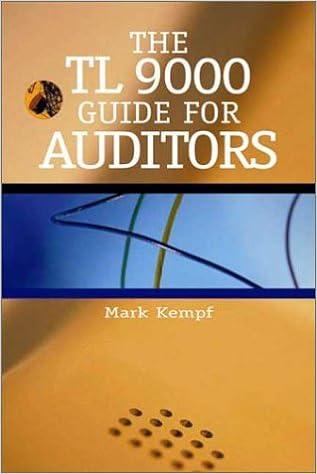Question
Example 1: Division B uses the output from division A. There is no external market for As output. The following is the information about division
Example 1: Division B uses the output from division A. There is no external market for As output. The following is the information about division A. Production capacity is fixed at 200 units. Variable manufacturing cost is $ 100 per unit. Fixed costs equal $ 10,000. What is the transfer price according to the general transfer pricing rule?
Example 2: Same as in example 1, except division A can spend an additional fixed cost of $ 2,000 to expand capacity temporarily and manufacture up to another 100 units (i.e., a total of 300 units). The variable cost of each additional unit is $ 110 per unit. What is the transfer pricing schedule according to the general transfer pricing rule?
Example 3: Same as in example 1, except that now there is an external demand for As output. There is a demand of up to 50 units for $ 350 each. What is the transfer pricing schedule according to the general transfer pricing rule?
Example 4: Same as in example 1, except that now there is an external demand for As output. There is a demand of exactly 50 units for $ 350 each (i.e., buyer wants 50 units or nothing). What is the transfer pricing schedule according to the general transfer pricing rule?
Step by Step Solution
There are 3 Steps involved in it
Step: 1

Get Instant Access to Expert-Tailored Solutions
See step-by-step solutions with expert insights and AI powered tools for academic success
Step: 2

Step: 3

Ace Your Homework with AI
Get the answers you need in no time with our AI-driven, step-by-step assistance
Get Started


